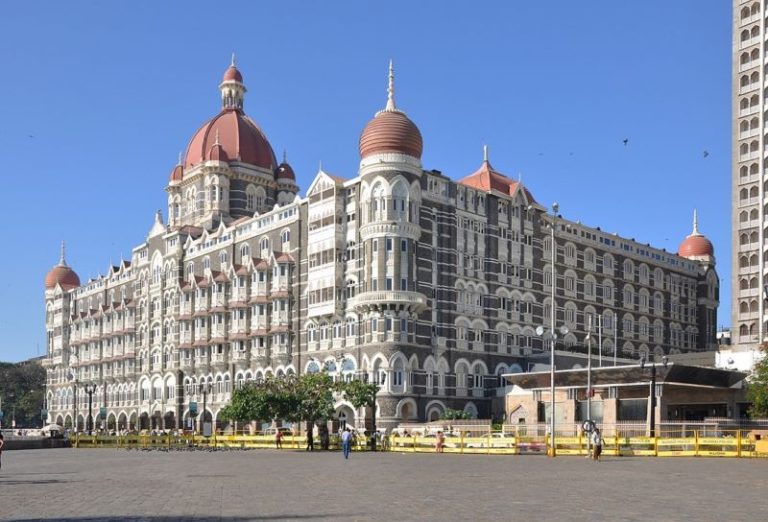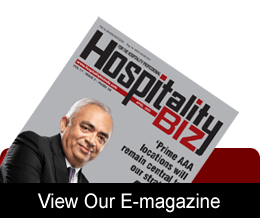ICRA expects the revenues of the Indian hospitality industry to grow by 7-9% YoY in FY2025 and 6-8% YoY in FY2026, over the high base of FY2024. Further, ICRA estimates pan-India premium hotel occupancy to improve to ~72-74% in FY2026 from ~70-72% in FY2025. The average room rates (ARRs) for premium hotels are projected to rise to Rs. 7,800-8,000 for full-year FY2025 (up 8% YoY) and subsequently improve further to Rs. 8,000-8,400 in FY2026. ICRA’s sample set, comprising 13large hotel companies, is expected to report strong operating margins of 31-33% for FY2025 and FY2025, against 33% for FY2024 and 20-22% pre-Covid.
Sustained domestic leisure travel, demand from meetings, incentives, conferences and exhibitions (MICE), including weddings, and business travel (despite a temporary lull during the General Elections) have driven demand in YTD FY2025. ICRA anticipates this trend to continue over the next 9-12 months. Spiritual tourism and tier-II cities are expected to contribute meaningfully in FY2026 as well. Domestic tourism has been the prime demand driver in YTD FY2025 and is likely to remain so in the near term. Foreign tourist arrivals (FTA) are yet to recover to pre-Covidlevels and the improvement would depend on the global macroeconomic environment.
Vinutaa S, Vice President and Sector Head – Corporate Ratings, ICRA Limited, said: “Demand is expected to remain strong across markets in Q4 FY2025 and FY2026 as underlying drivers remain healthy. Hotel-specific metrics would, however, depend on location, competition and other property-related dynamics. Further, domestic tourism would be the prime driver, with FTA improvement depending on the global macro-economic environment. Mumbai and NCR, being gateway cities, are likely to report occupancy north of 75% for full-year FY2025 and FY2026, benefitting from transient passengers, business travellers and MICE events. The ARRs are likely to witness healthy YoY increase in FY2025and FY2026 across markets. This sharp rise in ARRs of premium hotels will result in spillover of demand to mid-scale hotels.”
The demand outlook over the medium term remains healthy, supported by a confluence of factors, including improvement in infrastructure and air connectivity, favourable demographics, and anticipated growth in large-scale MICE events, with the opening of multiple new convention centres in the last few years, among others. Healthy demand amid relatively lower supply would lead to higher ARRs. Several hotels have also beenundergoing renovation, refurbishment and upgradation in the last few quarters, and these are likely to support the ARRs further, going forward. Larger players would also benefit from revenues/share of profits generated from hotel expansions through management contracts and operating leases.
Sustenance of a large part of the cost-rationalisation measures undertaken during the Covid period, along with operating leverage benefits, has resulted in the sharp expansion in margins compared to pre-Covid levels. The staff-to-room ratio remains ~15-20% lower than the pre-Covid levels. Companies have increased their usage of renewable power while pass-through of the cost inflation and strict control on fixed cost increase have also supported margins. Asset-light expansions have been margin-accretive for larger hotel chains. ICRA’s sample set, comprising 13 large hotel companies, is expected to report strong operating margins of 31-33% for FY2025 and FY2025, against 33% for FY2024 and 20-22% pre-Covid. However, within the sample, it is likely to be a mixed bag, depending on renovations and increase in employee expenses amidst growing demand. De-leveraging of balance sheets has led to lower interest costs and is likely to support net margins.
“The healthy demand uptick has resulted in a pick-up in supply announcements and commencement of deferred projects in the last 24-30months. Several global brands have made their entry into India. However, supply, which is expected to grow at a CAGR of 4.5-5% at least until FY2026, would lag demand. Compared to the downcycle in FY2009, which saw untimely supply increases of over 15% of the inventory at the bottom of the cycle during FY2009-2013, the current low inventory growth is expected to support the upcycle, as demand improves over the medium term. A large part of the new supply is through management contracts and operating leases. Land availability issues currently constrain supply addition in the premium micro-markets in metros and larger cities. The addition to premium hotel supply in these areas is largely on account of rebranding or property upgradation and the greenfield projects are largely in the suburbs.” Vinutaa added.


